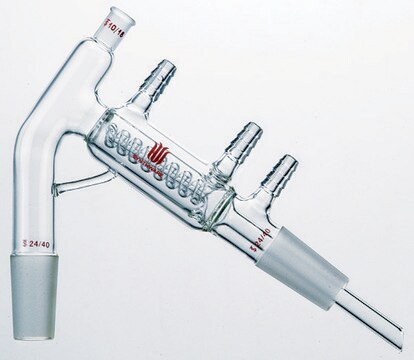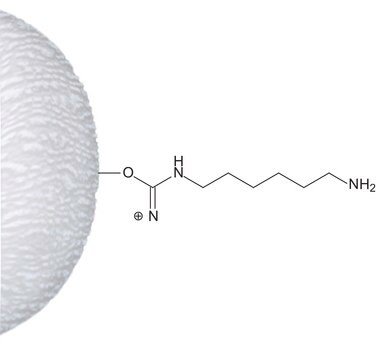82526
Protein A, löslich aus Staphylococcus aureus (Cowan-Stamm)
powder, white
About This Item
Empfohlene Produkte
Biologische Quelle
Staphylococcus aureus
Qualitätsniveau
Konjugat
unconjugated
Form
powder
Speziesreaktivität
mouse, cat, monkey, pig, dog, human, rabbit, guinea pig
Methode(n)
ELISA: suitable
immunohistochemistry: suitable
immunoprecipitation (IP): suitable
western blot: suitable
Farbe
white
Kapazität
~10 mg/mg binding capacity (human IgG)
Löslichkeit
H2O: 1 mg/mL, clear, colorless
UniProt-Hinterlegungsnummer
Lagertemp.
2-8°C
Angaben zum Gen
Staphylococcus aureus subsp. aureus NCTC 8325 ... SAOUHSC_00069(3919448)
Allgemeine Beschreibung
Protein A is involved in regulating anti-tumor, toxic, and carcinogenic functions. In addition to acting as an immunomodulator, it also has antifungal and antiparasitic properties.
Anwendung
Haftungsausschluss
Lagerklassenschlüssel
11 - Combustible Solids
WGK
WGK 3
Flammpunkt (°F)
Not applicable
Flammpunkt (°C)
Not applicable
Persönliche Schutzausrüstung
Eyeshields, Gloves, type N95 (US)
Analysenzertifikate (COA)
Suchen Sie nach Analysenzertifikate (COA), indem Sie die Lot-/Chargennummer des Produkts eingeben. Lot- und Chargennummern sind auf dem Produktetikett hinter den Wörtern ‘Lot’ oder ‘Batch’ (Lot oder Charge) zu finden.
Besitzen Sie dieses Produkt bereits?
In der Dokumentenbibliothek finden Sie die Dokumentation zu den Produkten, die Sie kürzlich erworben haben.
Kunden haben sich ebenfalls angesehen
Unser Team von Wissenschaftlern verfügt über Erfahrung in allen Forschungsbereichen einschließlich Life Science, Materialwissenschaften, chemischer Synthese, Chromatographie, Analytik und vielen mehr..
Setzen Sie sich mit dem technischen Dienst in Verbindung.










